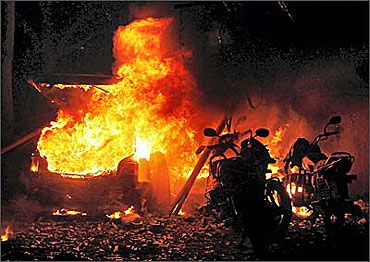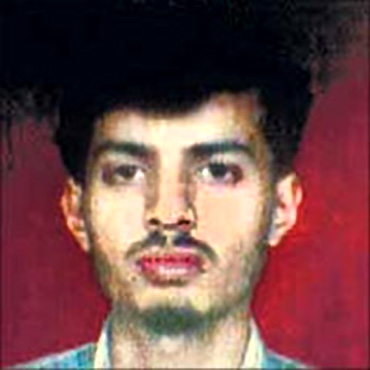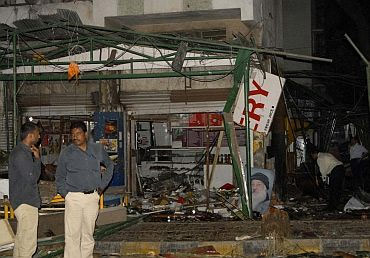
Indian intelligence agencies say that this information was shared with them after the 26/11 attacks and since then they have been gathering information on Khafa.
Khafa, who is in his mid thirties had come into the picture following the heat being stepped up on both Amir Reza and Riyaz Bhatkal who were handling the Indian Mujahideen and Lashkar's operations in India.
Khafa, primarily based out of Karachi has been with the Lashkar since the last ten years and was put in charge of operations in south India after there was a major crack down on terror modules, in the aftermath of blasts in Ahmedabad, Delhi Bengaluru and Pune.
IB sources said that the Lashkar believed that South India was a potential recruiting ground for their terror activities. The Lashkar had built up a network under the likes of Bhatkal, Reza and T Nazir.
The biggest operation that was being planned was an operation in Goa which was to be undertaken by Riazzuddin Nazir, a Hyderabad-based operative. However a month before the operation was to have been carried out, he was arrested.

The IB says that the repeated failures by the Lashkar to build up modules in south India had left them frustrated. They then made another attempt through Riyaz Bhatkal, but his involvement in the blasts at Pune, Ahmedabad and Delhi increased the heat on him forcing him to go underground. To add to their worries, India named Amir Reza in a dossier handed to Pakistan, which prompted the ISI to tell him to slow down his operations.
These instances gave rise to Khafa, who at that point of time was active in Nepal and was helping the Lashkar set up operations.
Under Khafa, the Lashkar expected that the southern module would be strenghthened. The first thing Khafa did was to get in touch with an India-based operative named Hussain, who was an active recruiter for the group. These two men were clearly told that there was too much heat on the Lashkar modules in the north and there was no way that the LeT could give up on their expansion plans in the South.

The Lashkar needed to strike badly using its southern modules since they wanted attention focussed the modules in the south.
The IB says that if a module has managed to strike big, it inspires the other youth to join them and recruitment becomes easier.
The number youth being recruited in the south had come down drastically. Moreover post 26/11, the Lashkar was aware that there would be a crackdown on its modules especially in north India and hence it wanted to spruce up its southern network.
The LeT were also aware that the police would pick up many of their cadres and hence it was necessary to carry out an attack of such an impact that the youth would be tempted to join them.
When Khafa was brought into the picture, he was told that the southern module would begin with the assasination of Narendra Modi. Modi's role in the Gujarat riots and the Babri Masjid demolition have always been trump cards for the Lashkar where building up modules or recruiting youth. Hence Khafa was told to target this leader.

Khafa along with his accomplice Hussain started the build up by pumping in cadres through the Nepal border so that these men could train the new recruits. In addition, they also went about setting up a module in Sri Lanka since it was closer to south India.
Khafa intentionally stayed away from setting up modules in Hyderabad since the activities of the Lashkar were very closely monitored there. They chose the Tumkur region in Karnataka for this operation. Khafa had already managed to inform some of his stooges in Kerala and Tamil Nadu to find places to undertake training camps. In addition to this they were also involved in creating new routes to smuggle in arms and ammunition.
Security agencies say that this operation has once again slowed down since following the intelligence alert.